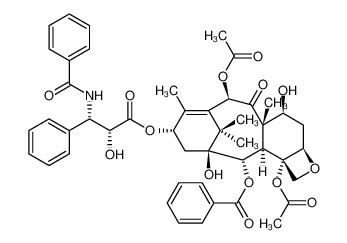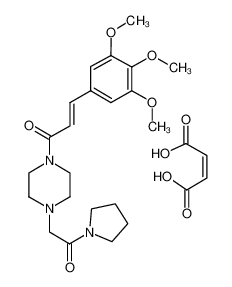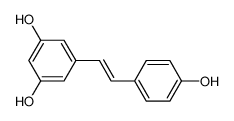1.Identification
1.1 GHS Product identifier
| Product name | Lactonitrile |
|---|
1.2 Other means of identification
| Product number | - |
|---|---|
| Other names | (RS)-lactonitrile |
1.3 Recommended use of the chemical and restrictions on use
| Identified uses | For industry use only. |
|---|---|
| Uses advised against | no data available |
1.4 Supplier's details
| Company | MOLBASE (Shanghai) Biotechnology Co., Ltd. |
|---|---|
| Address | Floor 4 & 5, Building 12, No. 1001 North Qinzhou Road, Xuhui District, Shanghai, China |
| Telephone | +86(21)64956998 |
| Fax | +86(21)54365166 |
1.5 Emergency phone number
| Emergency phone number | +86-400-6021-666 |
|---|---|
| Service hours | Monday to Friday, 9am-5pm (Standard time zone: UTC/GMT +8 hours). |
2.Hazard identification
2.1 Classification of the substance or mixture
Acute toxicity - Oral, Category 2
Acute toxicity - Dermal, Category 1
Acute toxicity - Inhalation, Category 1
Carcinogenicity, Category 2
Reproductive toxicity, Category 1B
Specific target organ toxicity – repeated exposure, Category 2
Hazardous to the aquatic environment, short-term (Acute) - Category Acute 1
Hazardous to the aquatic environment, long-term (Chronic) - Category Chronic 3
2.2 GHS label elements, including precautionary statements
| Pictogram(s) | 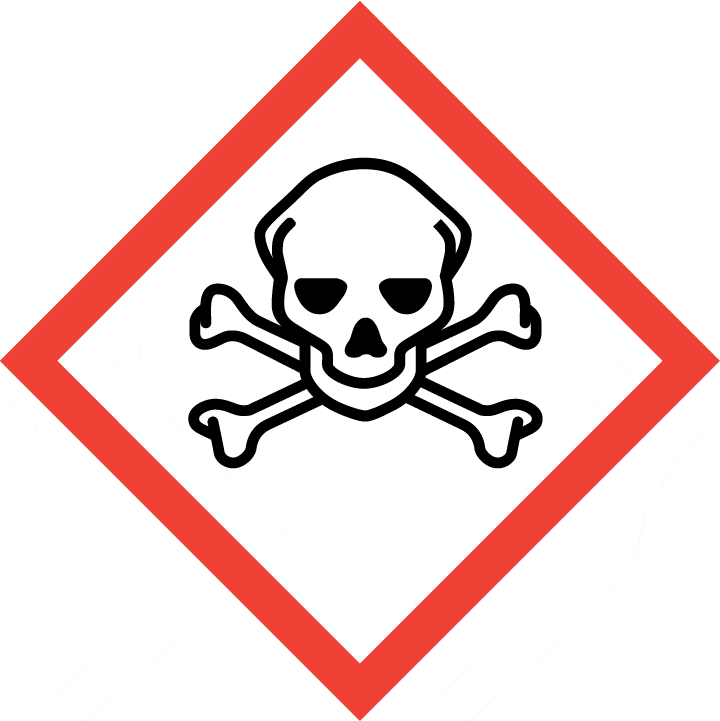 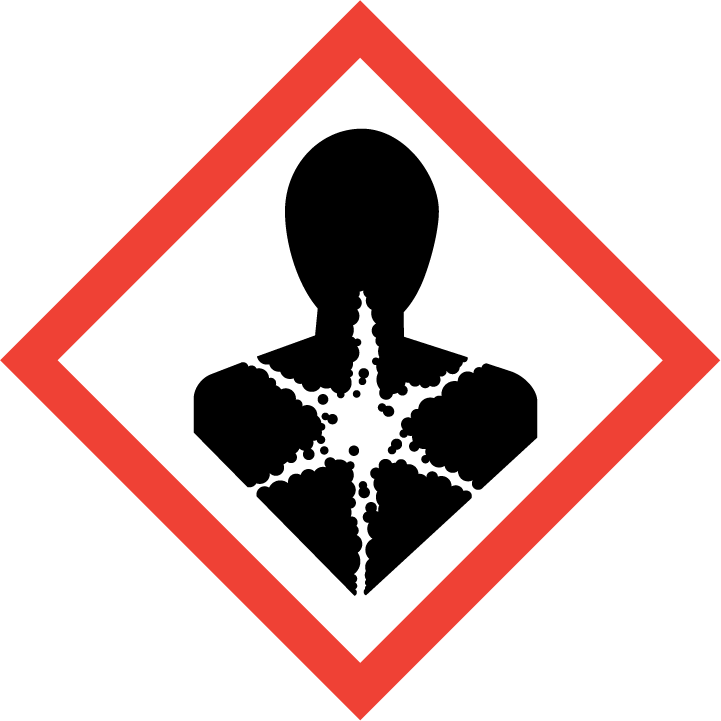 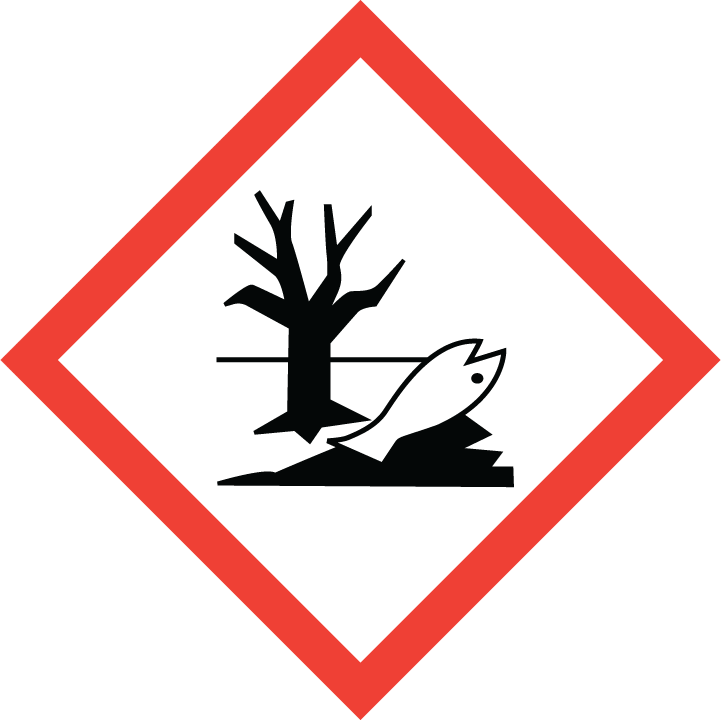 |
|---|---|
| Signal word | Danger |
| Hazard statement(s) | H300 Fatal if swallowed H310 Fatal in contact with skin H330 Fatal if inhaled H351 Suspected of causing cancer H360 May damage fertility or the unborn child H373 May cause damage to organs through prolonged or repeated exposure H400 Very toxic to aquatic life H412 Harmful to aquatic life with long lasting effects |
| Precautionary statement(s) | |
| Prevention | P264 Wash ... thoroughly after handling. P270 Do not eat, drink or smoke when using this product. P262 Do not get in eyes, on skin, or on clothing. P280 Wear protective gloves/protective clothing/eye protection/face protection. P260 Do not breathe dust/fume/gas/mist/vapours/spray. P271 Use only outdoors or in a well-ventilated area. P284 [In case of inadequate ventilation] wear respiratory protection. P201 Obtain special instructions before use. P202 Do not handle until all safety precautions have been read and understood. P273 Avoid release to the environment. |
| Response | P301+P310 IF SWALLOWED: Immediately call a POISON CENTER/doctor/… P321 Specific treatment (see ... on this label). P330 Rinse mouth. P302+P352 IF ON SKIN: Wash with plenty of water/... P310 Immediately call a POISON CENTER/doctor/… P361+P364 Take off immediately all contaminated clothing and wash it before reuse. P304+P340 IF INHALED: Remove person to fresh air and keep comfortable for breathing. P320 Specific treatment is urgent (see ... on this label). P308+P313 IF exposed or concerned: Get medical advice/ attention. P314 Get medical advice/attention if you feel unwell. P391 Collect spillage. |
| Storage | P405 Store locked up. P403+P233 Store in a well-ventilated place. Keep container tightly closed. |
| Disposal | P501 Dispose of contents/container to ... |
2.3 Other hazards which do not result in classification
none
3.Composition/information on ingredients
3.1 Substances
| Chemical name | Common names and synonyms | CAS number | EC number | Concentration |
|---|---|---|---|---|
| Lactonitrile | Lactonitrile | 78-97-7 | none | 100% |
4.First-aid measures
4.1 Description of necessary first-aid measures
General advice
Consult a physician. Show this safety data sheet to the doctor in attendance.
If inhaled
If breathed in, move person into fresh air. If not breathing, give artificial respiration. Consult a physician.
In case of skin contact
Wash off with soap and plenty of water. Consult a physician.
In case of eye contact
Rinse thoroughly with plenty of water for at least 15 minutes and consult a physician.
If swallowed
Never give anything by mouth to an unconscious person. Rinse mouth with water. Consult a physician.
4.2 Most important symptoms/effects, acute and delayed
Extremely toxic by oral, skin, or eye contact. (EPA, 1998)
4.3 Indication of immediate medical attention and special treatment needed, if necessary
Rapid support of respiration and circulation is essential to successful treatment of cyanide intoxication. Massive cyanide overdoses have survived with only good supportive care. Immediate attention should be directed toward assisted ventilation, administration of 100% oxygen, insertion of intravenous lines, and institution of cardiac monitoring. Obtain an arterial blood gas immediately and correct any severe metabolic acidosis (pH below 7.15). Oxygen (100%) should be used routinely in moderate or severely symptomatic patients even in the presence of a normal pO2, since 100% O2 increases O2 delivery, may reactivate cyanide-inhibited mitochondrial enzymes, and potentiates the effect of thiosulfate. Avoid mouth to mouth resuscitation during CPR in order to prevent self poisoning. /Cyanides/
5.Fire-fighting measures
5.1 Extinguishing media
Suitable extinguishing media
Foam, carbon dioxide, dry chemical. (EPA, 1998)
5.2 Specific hazards arising from the chemical
Cyanide fumes released when heated to decomposition. Avoid alkali, oxidizing material. (EPA, 1998)
5.3 Special protective actions for fire-fighters
Wear self-contained breathing apparatus for firefighting if necessary.
6.Accidental release measures
6.1 Personal precautions, protective equipment and emergency procedures
Use personal protective equipment. Avoid dust formation. Avoid breathing vapours, mist or gas. Ensure adequate ventilation. Evacuate personnel to safe areas. Avoid breathing dust. For personal protection see section 8.
6.2 Environmental precautions
Prevent further leakage or spillage if safe to do so. Do not let product enter drains. Discharge into the environment must be avoided.
6.3 Methods and materials for containment and cleaning up
Pick up and arrange disposal. Sweep up and shovel. Keep in suitable, closed containers for disposal.
7.Handling and storage
7.1 Precautions for safe handling
Avoid contact with skin and eyes. Avoid formation of dust and aerosols. Avoid exposure - obtain special instructions before use.Provide appropriate exhaust ventilation at places where dust is formed. For precautions see section 2.2.
7.2 Conditions for safe storage, including any incompatibilities
Store in cool place. Keep container tightly closed in a dry and well-ventilated place.
8.Exposure controls/personal protection
8.1 Control parameters
Occupational Exposure limit values
no data available
Biological limit values
no data available
8.2 Appropriate engineering controls
Handle in accordance with good industrial hygiene and safety practice. Wash hands before breaks and at the end of workday.
8.3 Individual protection measures, such as personal protective equipment (PPE)
Eye/face protection
Safety glasses with side-shields conforming to EN166. Use equipment for eye protection tested and approved under appropriate government standards such as NIOSH (US) or EN 166(EU).
Skin protection
Wear impervious clothing. The type of protective equipment must be selected according to the concentration and amount of the dangerous substance at the specific workplace. Handle with gloves. Gloves must be inspected prior to use. Use proper glove removal technique(without touching glove's outer surface) to avoid skin contact with this product. Dispose of contaminated gloves after use in accordance with applicable laws and good laboratory practices. Wash and dry hands. The selected protective gloves have to satisfy the specifications of EU Directive 89/686/EEC and the standard EN 374 derived from it.
Respiratory protection
Wear dust mask when handling large quantities.
Thermal hazards
no data available
9.Physical and chemical properties
| Physical state | Straw colored liquid. |
|---|---|
| Colour | YELLOW LIQUID |
| Odour | no data available |
| Melting point/ freezing point | <-21oC |
| Boiling point or initial boiling point and boiling range | 90oC (17 mmHg) |
| Flammability | no data available |
| Lower and upper explosion limit / flammability limit | no data available |
| Flash point | 77oC |
| Auto-ignition temperature | no data available |
| Decomposition temperature | no data available |
| pH | no data available |
| Kinematic viscosity | no data available |
| Solubility | greater than or equal to 100 mg/mL at 22.78°C |
| Partition coefficient n-octanol/water (log value) | log Kow= -0.94 |
| Vapour pressure | 10 mm Hg at 74°C (EPA, 1998) |
| Density and/or relative density | 0.991 |
| Relative vapour density | 2.45 (EPA, 1998) (Relative to Air) |
| Particle characteristics | no data available |
10.Stability and reactivity
10.1 Reactivity
no data available
10.2 Chemical stability
Stable under recommended storage conditions.
10.3 Possibility of hazardous reactions
IT HAS MODERATE FIRE HAZARD WHEN EXPOSED TO HEAT OR FLAME ...LACTONITRILE is incompatible with strong acids, strong bases and strong reducing agents. It is also incompatible with strong oxidizers. In the presence of alkali, it evolves toxic compounds. .
10.4 Conditions to avoid
no data available
10.5 Incompatible materials
EVOLVES HYDROCYANIC ACID IN PRESENCE OF ALKALI.
10.6 Hazardous decomposition products
... WHEN HEATED TO DECOMP, IT RELEASES HIGHLY TOXIC CYANIDE FUMES.
11.Toxicological information
Acute toxicity
- Oral: LD50 Rat oral 21 mg/kg
- Inhalation: no data available
- Dermal: no data available
Skin corrosion/irritation
no data available
Serious eye damage/irritation
no data available
Respiratory or skin sensitization
no data available
Germ cell mutagenicity
no data available
Carcinogenicity
no data available
Reproductive toxicity
no data available
STOT-single exposure
no data available
STOT-repeated exposure
no data available
Aspiration hazard
no data available
12.Ecological information
12.1 Toxicity
- Toxicity to fish: TLm Pimephales promelas (fathead minnow) 0.9 mg/l/96 hr. /Conditions of bioassay not specified
- Toxicity to daphnia and other aquatic invertebrates: no data available
- Toxicity to algae: no data available
- Toxicity to microorganisms: no data available
12.2 Persistence and degradability
AEROBIC: The relatively low molecular weight hydrocarbon structure of 2-hydroxypropanenitrile suggests that biodegradation in soil and water is expected to be an important fate process(1). One screening study has demonstrated that 2-hydroxypropanenitrile was readily degraded in Ohio River water in the US(2), although this process could have been hydrolysis. Using Ohio River water as inoculum (with no special acclimation) and an aerobic test system, theoretical BODs of 50% and 70% were measured for 2-hydroxypropanenitrile after 2 and 5 day inoculation periods, respectively, at concns of 0.4-15 mg/l(2); re-dosing the system resulted in a 60% theoretical BOD(2). An activated sludge system that was acclimated to 2-hydroxypropanenitrile experienced a 87-98% BOD removal over a 4 week operation period while receiving influent 2-hydroxypropanenitrile levels that averaged 88 mg/l(3).
12.3 Bioaccumulative potential
An estimated BCF of 3 was calculated for 2-hydroxypropanenitrile(SRC), using a log Kow of -0.94(1) and a regression-derived equation(2). According to a classification scheme(3), this BCF suggests the potential for bioconcentration in aquatic organisms is low. 2-Hydroxypropanenitrile hydrolyzes in water(4) which suggests that bioconcentration in aquatic organisms should not be environmentally important(SRC).
12.4 Mobility in soil
Using a structure estimation method based on molecular connectivity indices(1), the Koc for 2-hydroxypropanenitrile can be estimated to be about 1(SRC). According to a classification scheme(2), this estimated Koc value suggests that 2-hydroxypropanenitrile is expected to have very high mobility in soil. 2-Hydroxypropanenitrile hydrolyzes in water(3) which suggests that leaching in soil is likely to occur(SRC).
12.5 Other adverse effects
no data available
13.Disposal considerations
13.1 Disposal methods
Product
The material can be disposed of by removal to a licensed chemical destruction plant or by controlled incineration with flue gas scrubbing. Do not contaminate water, foodstuffs, feed or seed by storage or disposal. Do not discharge to sewer systems.
Contaminated packaging
Containers can be triply rinsed (or equivalent) and offered for recycling or reconditioning. Alternatively, the packaging can be punctured to make it unusable for other purposes and then be disposed of in a sanitary landfill. Controlled incineration with flue gas scrubbing is possible for combustible packaging materials.
14.Transport information
14.1 UN Number
| ADR/RID: UN3276 | IMDG: UN3276 | IATA: UN3276 |
14.2 UN Proper Shipping Name
| ADR/RID: NITRILES, LIQUID, TOXIC, N.O.S. |
| IMDG: NITRILES, LIQUID, TOXIC, N.O.S. |
| IATA: NITRILES, LIQUID, TOXIC, N.O.S. |
14.3 Transport hazard class(es)
| ADR/RID: 6.1 | IMDG: 6.1 | IATA: 6.1 |
14.4 Packing group, if applicable
| ADR/RID: I | IMDG: I | IATA: I |
14.5 Environmental hazards
| ADR/RID: yes | IMDG: yes | IATA: yes |
14.6 Special precautions for user
no data available
14.7 Transport in bulk according to Annex II of MARPOL 73/78 and the IBC Code
no data available
15.Regulatory information
15.1 Safety, health and environmental regulations specific for the product in question
| Chemical name | Common names and synonyms | CAS number | EC number |
|---|---|---|---|
| Lactonitrile | Lactonitrile | 78-97-7 | none |
| European Inventory of Existing Commercial Chemical Substances (EINECS) | Listed. | ||
| EC Inventory | Listed. | ||
| United States Toxic Substances Control Act (TSCA) Inventory | Listed. | ||
| China Catalog of Hazardous chemicals 2015 | Listed. | ||
| New Zealand Inventory of Chemicals (NZIoC) | Not Listed. | ||
| Philippines Inventory of Chemicals and Chemical Substances (PICCS) | Not Listed. | ||
| Vietnam National Chemical Inventory | Not Listed. | ||
| Chinese Chemical Inventory of Existing Chemical Substances (China IECSC) | Not Listed. | ||
16.Other information
Information on revision
| Creation Date | Aug 12, 2017 |
|---|---|
| Revision Date | Aug 12, 2017 |
Abbreviations and acronyms
- CAS: Chemical Abstracts Service
- ADR: European Agreement concerning the International Carriage of Dangerous Goods by Road
- RID: Regulation concerning the International Carriage of Dangerous Goods by Rail
- IMDG: International Maritime Dangerous Goods
- IATA: International Air Transportation Association
- TWA: Time Weighted Average
- STEL: Short term exposure limit
- LC50: Lethal Concentration 50%
- LD50: Lethal Dose 50%
- EC50: Effective Concentration 50%
References
- IPCS - The International Chemical Safety Cards (ICSC), website: http://www.ilo.org/dyn/icsc/showcard.home
- HSDB - Hazardous Substances Data Bank, website: https://toxnet.nlm.nih.gov/newtoxnet/hsdb.htm
- IARC - International Agency for Research on Cancer, website: http://www.iarc.fr/
- eChemPortal - The Global Portal to Information on Chemical Substances by OECD, website: http://www.echemportal.org/echemportal/index?pageID=0&request_locale=en
- CAMEO Chemicals, website: http://cameochemicals.noaa.gov/search/simple
- ChemIDplus, website: http://chem.sis.nlm.nih.gov/chemidplus/chemidlite.jsp
- ERG - Emergency Response Guidebook by U.S. Department of Transportation, website: http://www.phmsa.dot.gov/hazmat/library/erg
- Germany GESTIS-database on hazard substance, website: http://www.dguv.de/ifa/gestis/gestis-stoffdatenbank/index-2.jsp
- ECHA - European Chemicals Agency, website: https://echa.europa.eu/














